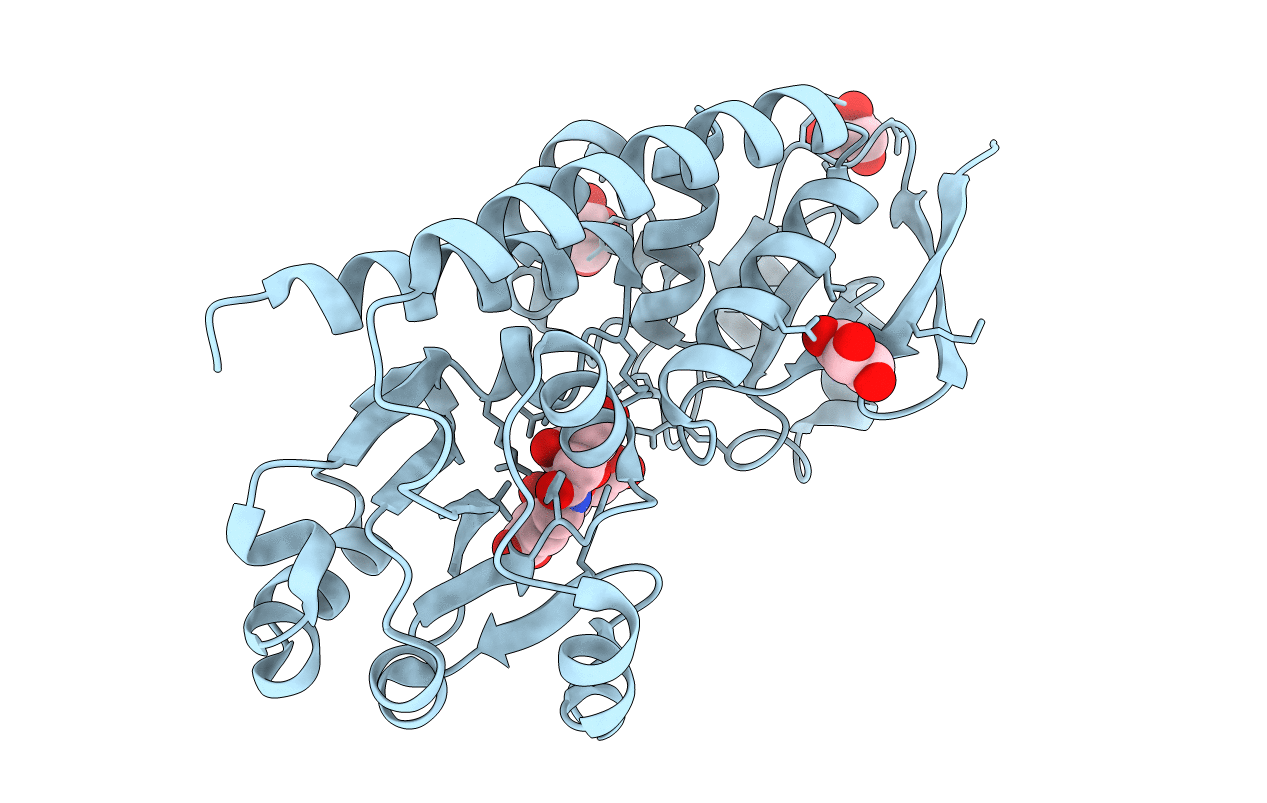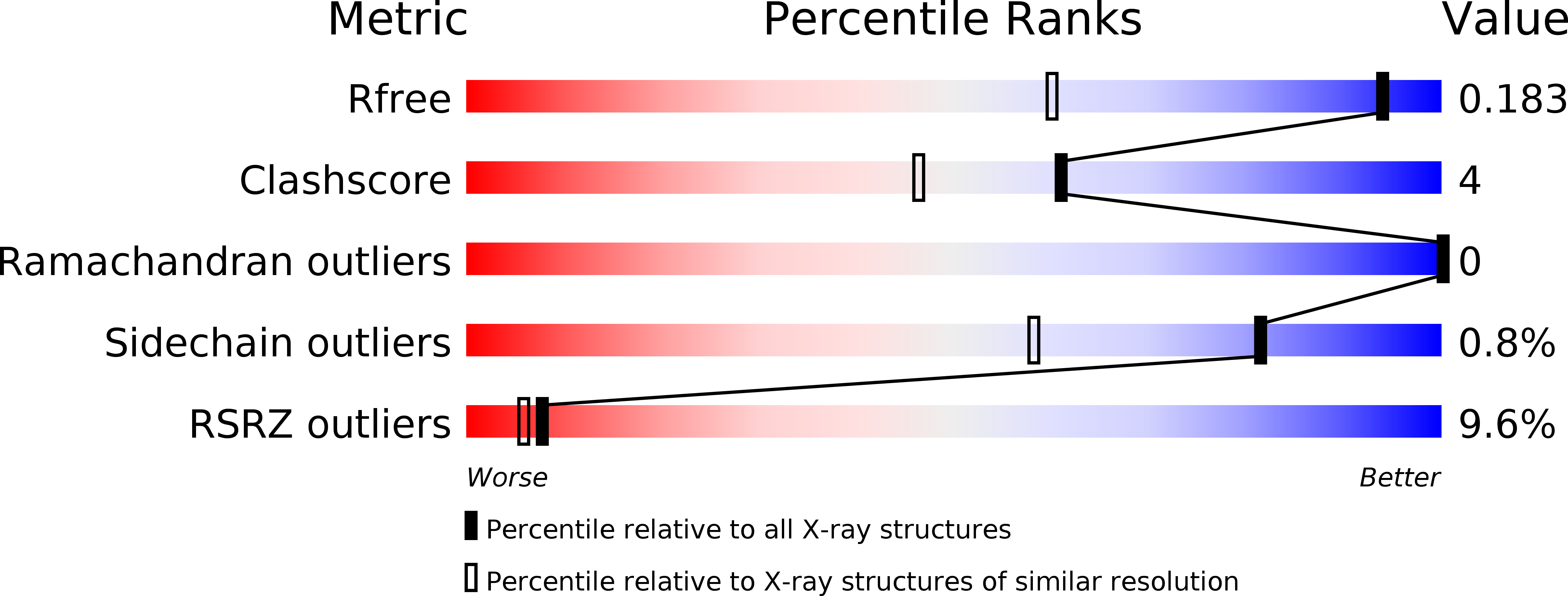
Deposition Date
2010-01-23
Release Date
2010-02-09
Last Version Date
2024-02-21
Entry Detail
PDB ID:
3LHS
Keywords:
Title:
Open Conformation of HtsA Complexed with Staphyloferrin A
Biological Source:
Source Organism:
Staphylococcus aureus subsp. aureus strain (Taxon ID: 426430)
Host Organism:
Method Details:
Experimental Method:
Resolution:
1.30 Å
R-Value Free:
0.18
R-Value Work:
0.15
R-Value Observed:
0.15
Space Group:
P 1 21 1


